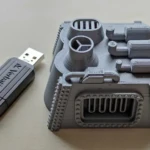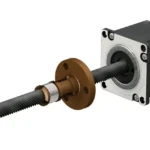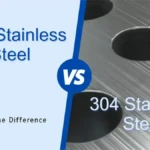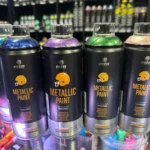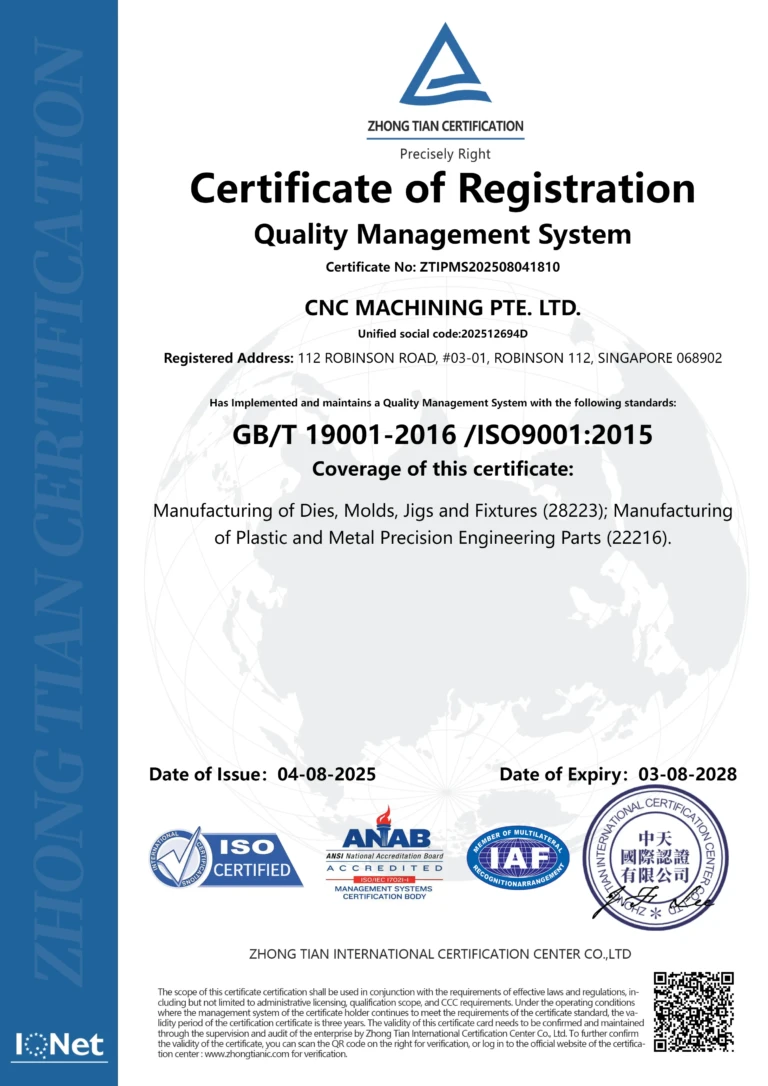Types and Materials of Hard Metal Drill Bits
Hard metal drill bits are engineered for penetrating tough alloys, where standard high-speed steel (HSS) fails due to rapid wear. Primary types include cobalt-alloyed bits (5-8% Co in HSS matrix) and solid carbide bits (WC-Co composites, 6-15% Co binder).
Cobalt bits, like M35 or M42 grades, offer hardness of 64-68 HRC and heat resistance up to 600°C, with flute geometries (118°-135° point angle) optimized for chip evacuation in hard metals (HV 300-600). Carbide bits, micrograin (0.2-0.8 μm grains), achieve 88-92 HRA hardness, enabling speeds 2-3x higher than HSS (e.g., 50-100 m/min in stainless).
For “best drill bits for hard metal,” carbide outperforms in longevity (tool life 10x HSS), but cobalt provides cost-effectiveness (30-50% cheaper) for intermittent use.
Coatings and Geometries for Enhanced Performance
TiAlN coatings (thickness 2-4 μm, hardness 3300 HV) reduce friction (coefficient 0.3-0.4), extending life by 200-300% in dry drilling. Split-point designs (self-centering, 135° angle) minimize walking on hard surfaces, reducing thrust force by 30%.
In “drill bits for very hard metal” like tool steels (HRC 50+), variable helix angles (28-40°) dampen vibrations, preventing chipping. Great Light’s Prototype CNC Machining Services integrate these bits for custom fixtures, ensuring alignment tolerances <0.01 mm.
Specifications: Hardness, Sizes, and Standards
Key specs for hard metal drill bits include shank type (straight, SDS, Morse taper), diameter (0.5-50 mm), length (jobber 4-6xD, stub 2-3xD, extra-long 10-15xD), and flute count (2-4 for general, 6+ for high-feed).
Hardness: Cobalt 62-67 HRC, carbide 1500-1800 HV. Cutting edge prep: Honed radius 0.01-0.03 mm to resist chipping. Standards: DIN 338 (metric), ANSI B94.11M (imperial), with ISO 521 for carbide.
For “best type of drill bit for hard metal,” select based on workpiece: Carbide for titanium (Ti-6Al-4V, HV 350), cobalt for hardened steel (4140 HT, HRC 28-32). Coverage: 1-2 mm/rev feed, 20-50 m/min speed.
Performance Metrics and Testing
Wear resistance tested per ISO 3685 (flank wear <0.3 mm after 10 m drilling). Torque requirements: Carbide bits reduce by 20-30% vs HSS due to sharper edges (rake angle 5-15°).
In “drill bit for super hard metal” like Inconel (HV 300-400), coolant-through designs (internal channels 0.5-1 mm dia) lower temps by 100-200°C, extending life 4x. Great Light uses these in 5-Axis setups for prototypes, achieving hole accuracy H7-H9.
Applications: From Aerospace to Automotive
Hard metal drill bits excel in drilling high-hardness materials (HRC 30-60), where precision and durability matter.
Aerospace: Drilling titanium alloys for airframes, requiring low thrust ( <500 N) to avoid delamination in composites. Automotive: Boring hardened crankshafts (4140, HRC 50), with peck cycles (0.5-1 mm depth) to clear chips.
Industrial: Machining molds (P20 steel, HV 300), where stub lengths minimize deflection (<0.02 mm). For “drill bits for hard metals,” applications include toolmaking (D2 steel, HRC 58-62) and energy sector (drilling Incoloy for turbines).
Sector-Specific Solutions
In “milwaukee hard metal drill bits” for cabinets, cobalt sets handle dense woods/metal inserts, with step designs for countersinking. For startups prototyping robotics, carbide bits enable micro-drilling (dia <1 mm) in hardened gears.
Great Light’s 5-Axis CNC Machining incorporates these bits for custom prototypes, solving alignment issues in multi-material assemblies.
Solutions for Common Challenges in Hard Metal Drilling
Challenges: Tool breakage (from high forces, 1000-2000 N), poor hole quality (burr height >0.1 mm), heat buildup ( >800°C causing work hardening).
Solutions: Use rigid setups (collet chucks, runout <0.01 mm), lubricants (5-10% emulsion), and optimized parameters (feed 0.05-0.15 mm/rev). For “drill bits that will drill through hard metal,” carbide with AlTiN coating resists thermal cracking, increasing speed 50%.
Vibration damping: Variable flute pitches reduce chatter by 40%. Chip management: High-helix angles (35-40°) evacuate swarf efficiently.
Advanced Techniques and Innovations
In “best drill bit for hard thick metal,” use indexable carbide inserts for depths >5xD, with through-coolant reducing torque 25%. For very hard metals (HRC >60), diamond-coated bits (CVD, thickness 10 μm) offer 5x life.
Great Light integrates these in prototypes: Custom holders machined to fit, ensuring stability for high-precision drilling.
Integration with Great Light’s CNC Services
Great Light Metal Tech Co., LTD specializes in 5-Axis CNC Machining, using hard metal drill bits for intricate prototypes. Our advanced equipment handles multi-axis drilling with accuracies ±0.005 mm, ideal for engineers testing designs.
Customization and Post-Processing
Online platform for rapid quotes; process most metals (steel, titanium) in days. One-stop: Machining + finishing (anodizing, polishing).
For startups: Prototype drilling in hardened alloys without tool failure. Multinationals: Scaled production with consistent quality.
Solutions: Address “drill bit for extremely hard metal” by selecting optimal bits, ensuring prototypes meet specs.
Customize your 5-Axis CNC Machining today for superior results.


